
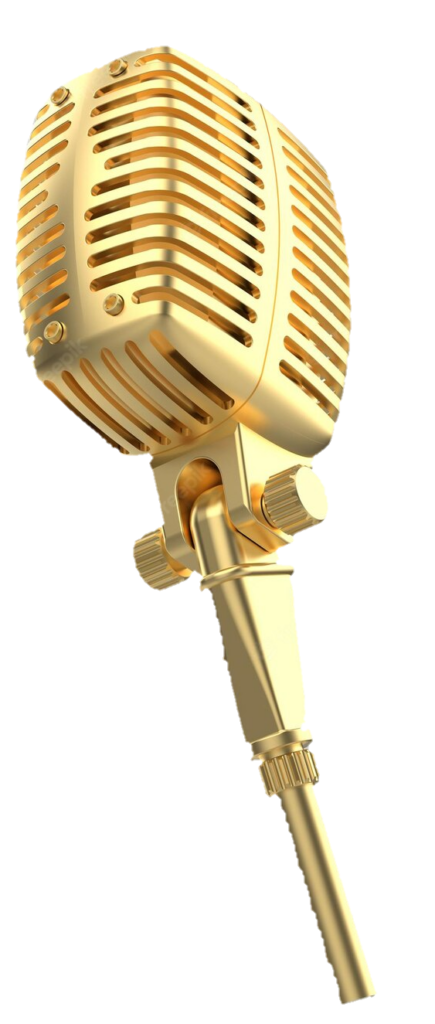

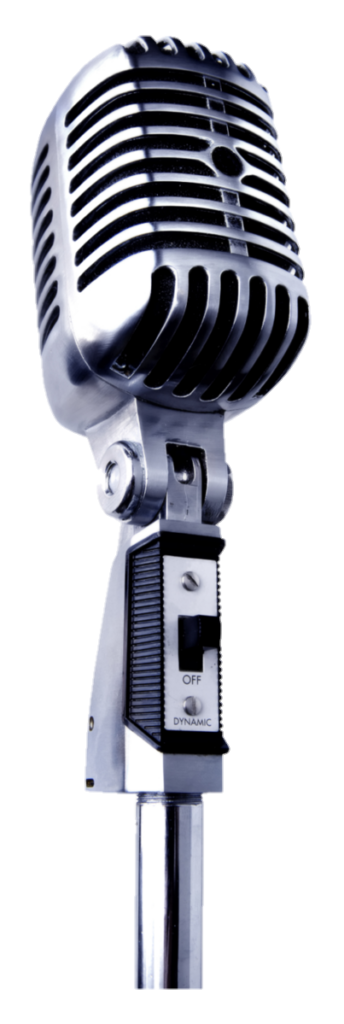
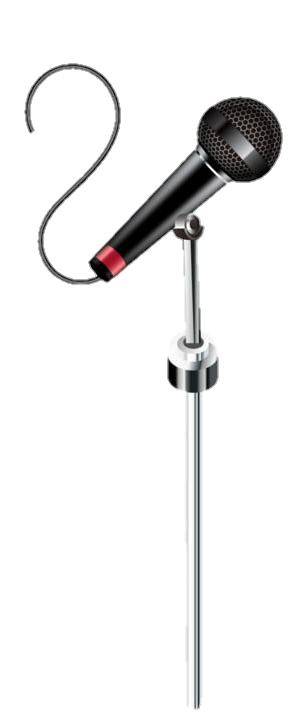
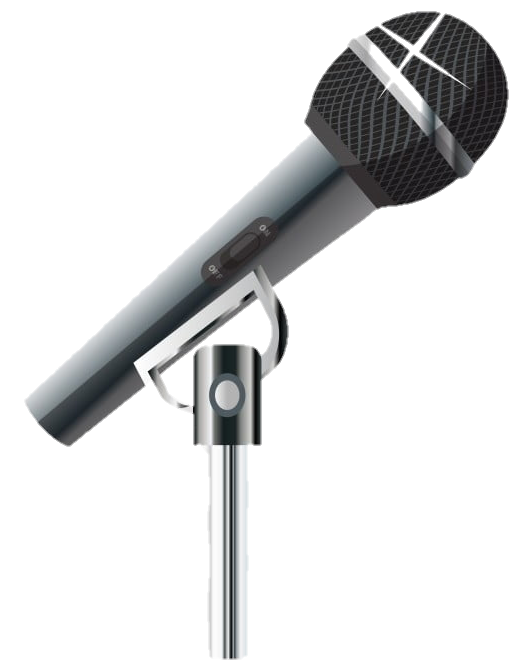
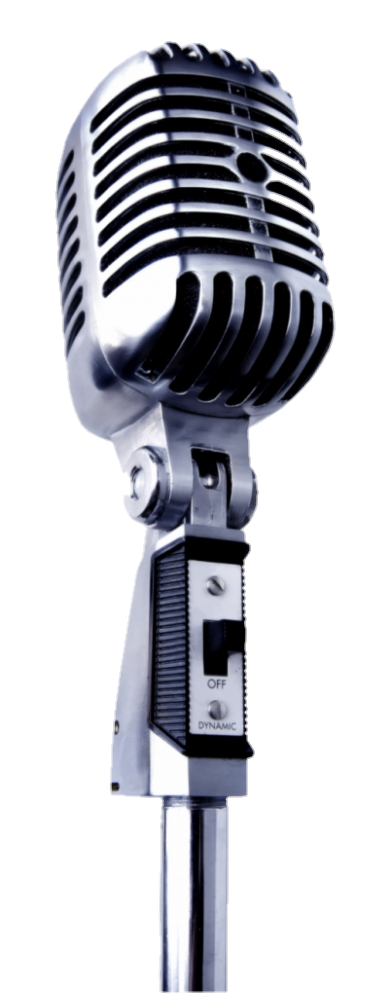
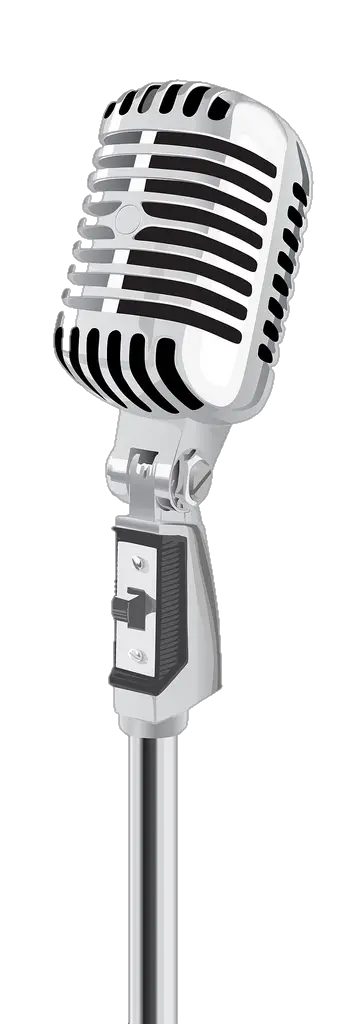
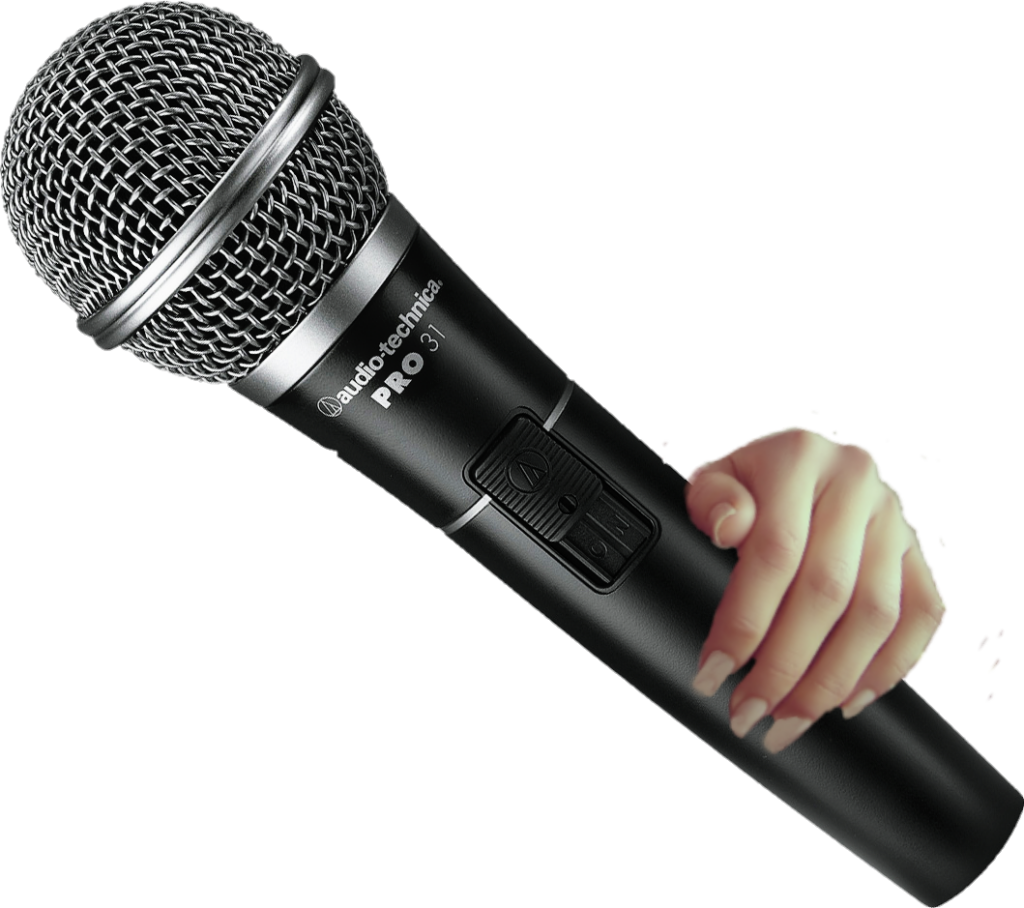
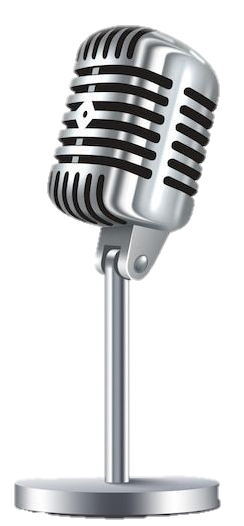
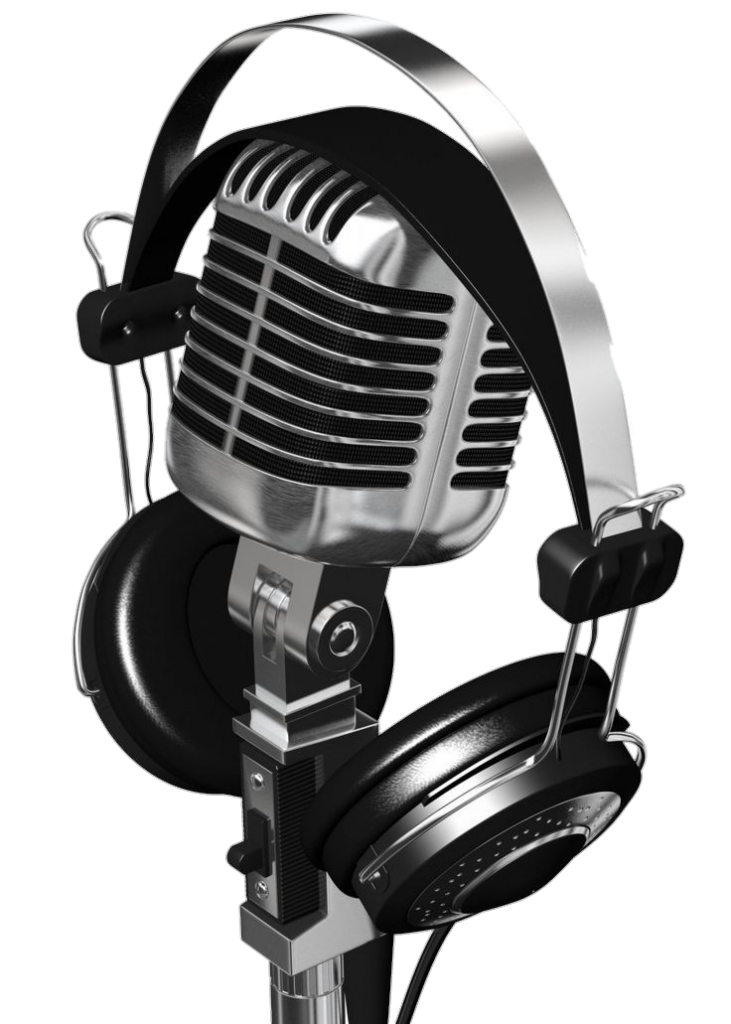


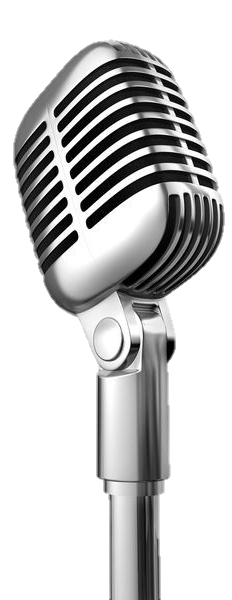
A microphone is a device that converts sound waves into electrical signals. It allows you to record audio and transfer it to devices such as computers, amplifiers, or tape recorders.
The microphone’s history dates back to the 19th century when researchers and scientists began exploring ways to capture and transmit sound. Among these pioneers was Alexander Graham Bell, whose invention of the “liquid transmitter” laid the foundation for modern microphone technology. Over the years, materials, design, and engineering advances have transformed the humble microphone into a sophisticated tool capable of capturing sound with incredible fidelity.
Microphones work on the principle of converting sound waves into electrical signals. Sound waves cause pressure changes, translated into an electrical impulse by the microphone’s diaphragm or element. The three most common microphones used today are dynamic, condenser, ribbon, lavalier and shotgun microphones.
The dynamic microphone is a powerful and versatile microphone that uses electrical induction to generate an electrical signal. It is commonly used in live performances, reports, and recording music and instruments because of its durability and ability to handle high sound pressures.
A condenser microphone, also known as a capacitor microphone, uses a charged diaphragm and a backplate to convert sound waves into an electrical signal. It requires an external power source, such as batteries or phantom power, and is widely used in studio recordings, podcasts, and professional audio applications for its high sensitivity and accuracy.
A ribbon microphone uses a thin strip of metal (usually aluminum) suspended between two magnets to capture sound. It is known for its warm and smooth sound reproduction, making it popular for recording vocals, string instruments, and guitar amplifiers.
A lavalier microphone, also called a lapel microphone, is a small microphone that can be clipped to clothing. It is commonly used in presentations, interviews, and broadcasting, allowing the speaker to have a hands-free experience while still capturing clear audio.
A shotgun microphone, named for its long and narrow shape resembling a shotgun barrel, is highly directional and excels at capturing sound from a specific direction while minimizing unwanted ambient noise. It is often used in film production, broadcasting, and outdoor recordings.
In conclusion, microphones are a portal to the world of sound, allowing us to express ourselves, communicate intellectually, and connect with others on a deeper level. Whether capturing the soul-stirring melodies of a song or improvising and amplifying the voices of visionaries, the microphone is a medium for creativity, expression, and human connection. So, the next time you pick up a microphone, take a moment to marvel at its intelligence and appreciate its profound impact on our lives.
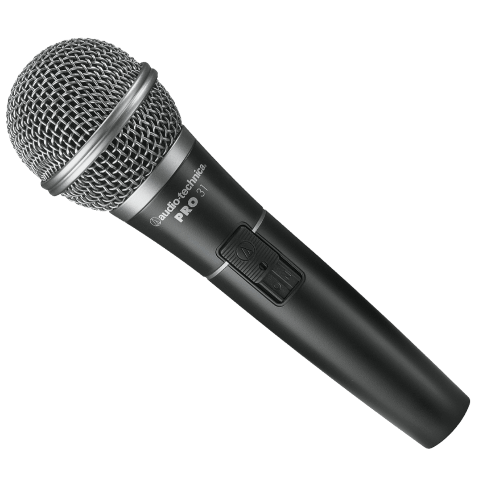





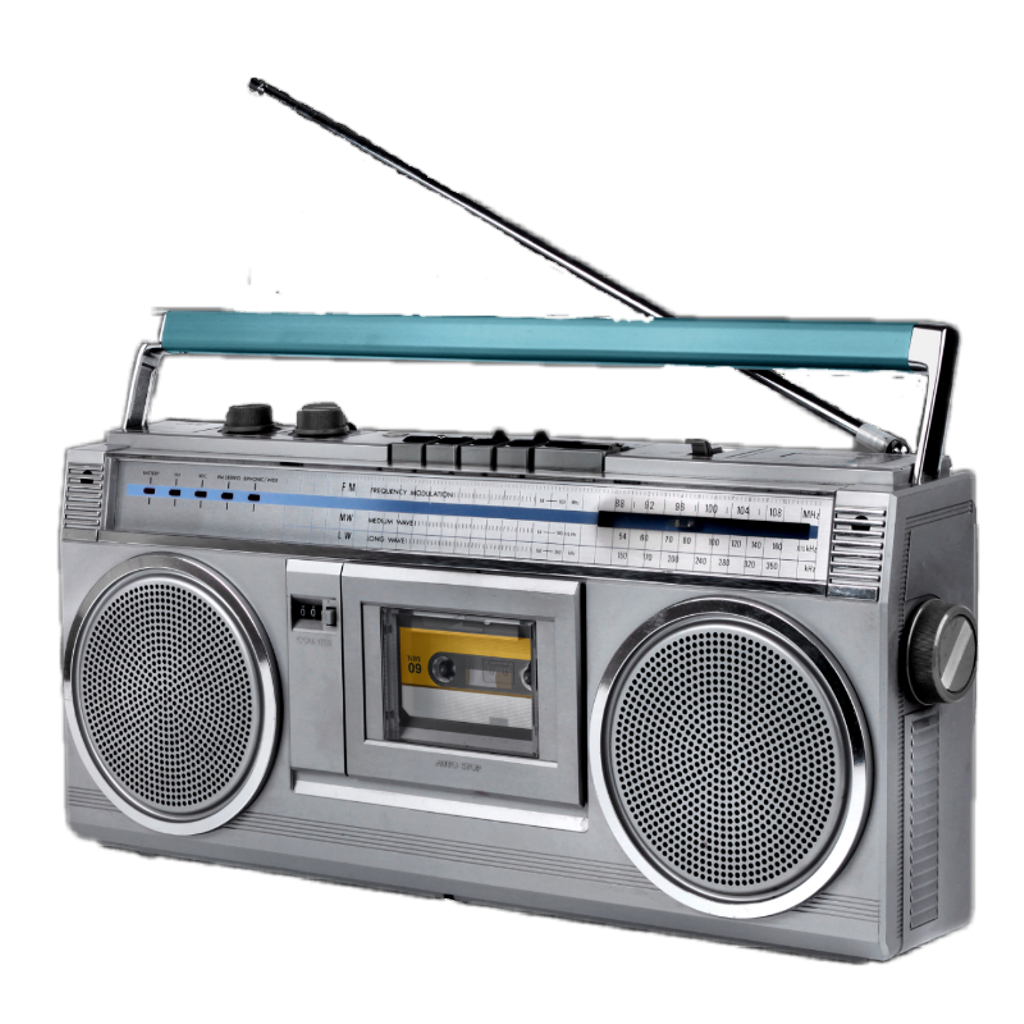
Leave a Comment
Instagram